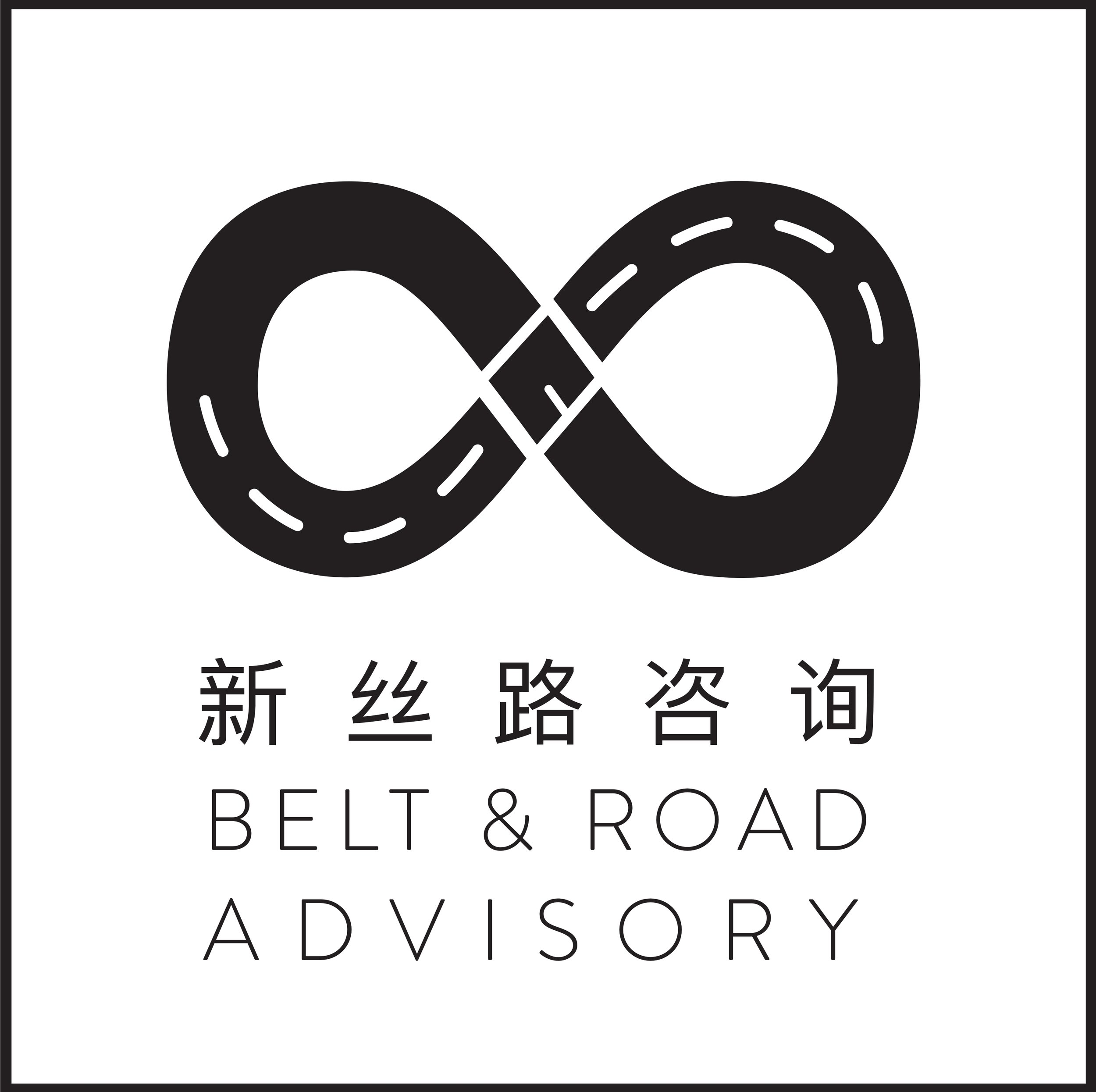Is China to blame for Pakistan’s economic woes?
Despite Prime Minister Imran Khan’s calls for financial self-sufficiency, Pakistan has been forced to seek a bailout from the IMF as the country’s economic situation continues to deteriorate. If approved, the bailout would be Pakistan’s 13th since 1980 and potentially the largest; between $6 and $12 billion is currently being sought. We argued in July that Pakistan’s rapidly expanding current account deficit combined with plummeting foreign reserves would likely lead to the country having no choice but to go to the IMF. The past week proves that hypothesis, but the question remains as to why Pakistan’s current account deficit and competitiveness has deteriorated to this extent despite multiple warnings. The US is blaming China, and has firmly said that it will veto any IMF bailout that would help to repay loans to China. But is China really to blame for Pakistan’s economic woes?
Pakistan’s Prime Minister Imran Khan has been forced to go to the IMF for emergency funding
Source: Livemint
Our short answer is – no. While there is no doubt that China’s loans to Pakistan – mostly designated to fund the China-Pakistan Economic Corridor (CPEC) under the Belt and Road Initiative – have contributed to Pakistan’s widening current account deficit, it is the economic mismanagement of successive Pakistani governments that remains the real cause.
Looking at the data shows how the CPEC has widened the current account deficit. Pakistan has used financing from China to pay for capital equipment imports from China as well as the services of Chinese contractors dominating the construction of CPEC.
Pakistan’s trade deficit with China amount to $9.7 billion in FY 2018, representing 26% of Pakistan’s total deficit. On top of that are debt repayments to China, amounting to $300 million a year over the next three years according to Finance Minister Umar. Again though, this amounts to only a small proportion of debt obligations which are currently $9 billion in this fiscal year alone.
Pakistan’s trade deficit has nearly doubled in the last five years and is the primary cause for current economic problems
Some of the fastest growing items in Pakistan’s trade deficit were imports from China – including rolling stock, electrical equipment, iron and steel. But while significant, imports and loans from China are not the primary cause for Pakistan’s economic woes given that they only represent around a quarter of all imports. Of greater importance has been increasing oil prices – Pakistan imports around 80% of its oil needs – amounting to over $8 billion. A weakening rupee has also made imports more expensive.
It’s also worth noting that trade deficits do not have to be a cause for concern if managed correctly. Indeed, China ran significant current account deficits in its early years of development and did not run into budgetary or currency crises. In 1985 for example, China’s current account deficit amounted to around 4% of GDP. But China used its trade deficit to propel growth through importing capital equipment, and economic management was sufficiently sound to avert crisis. This meant that China did not splurge on current expenditure – in sharp contrast to Pakistan. PM Khan has pledged greater public spending through a welfare state and housing projects – yet such expenditure is difficult to maintain given Pakistan’s existing budgetary position.
While China coincided its trade deficits with economic reform and liberalization that drove competitiveness and laid the foundations for China’s export machine, Pakistan has up to now failed to undertake the necessary reform. For example, the country has one of the lowest tax to GDP ratios in Asia, and has not fixed its strained energy system.
With the IMF now intervening, the institution will invariably demand further reform from Pakistan and this time enforce its requirements more strictly. The IMF has already requested that Pakistan share the structure, interest rates and duration of all Chinese loans – and consequently will likely prescribe a slowdown of CPEC. The size of the IMF bailout will determine how much leverage the institution has over Pakistan, and in turn to what extent CPEC will be moderated. Already, of its own volition, Pakistan has cut the value of a Chinese rail project by $2 billion.
So while China has not been the primary driver of Pakistan’s economic woes, the progress of CPEC will likely slow down as a result. Arguably, the Chinese could have seen this coming given Pakistan’s past history of economic management. They could have averted this crisis by encouraging the country to embark on reform as a necessary condition for receiving Chinese loans with the inauguration of CPEC in 2013. Despite this, CPEC as a whole will survive due its multidimensionality in scope and popularity amongst the local Pakistani population.
But this episode should be another signal to the Chinese that they need to develop strategies that allow BRI to progress without the fate of projects swinging like a pendulum. Beijing is starting to take notice, and China’s Vice Finance Minister Zou Jiayi on Saturday acknowledged debt issues with some of some BRI projects, saying that the government will strengthen macro-supervision on the debt sustainability aspect of its overseas investments.


